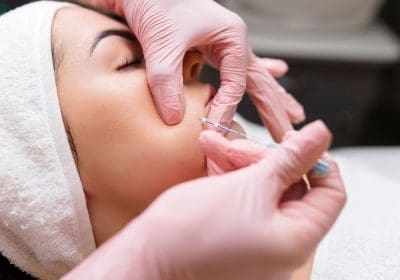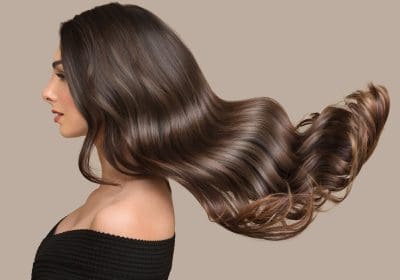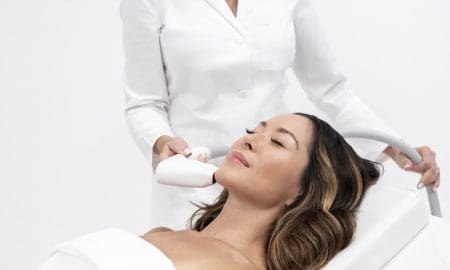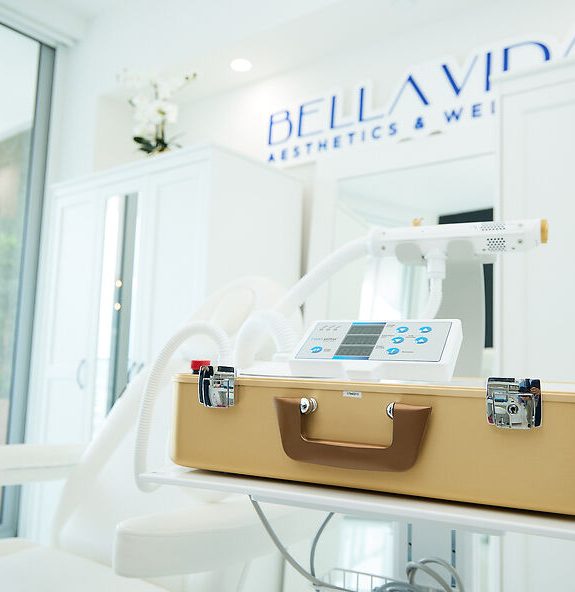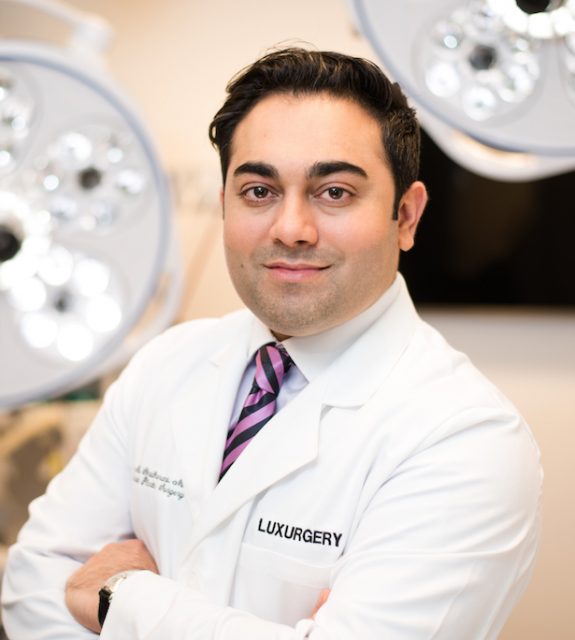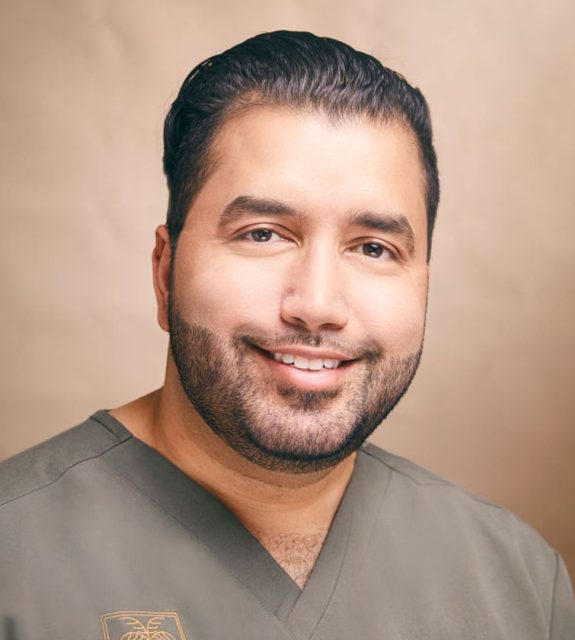 Photo Credit: Shutterstock
Photo Credit: Shutterstock
Breast augmentation is a surgery performed to enhance the volume of someone’s breasts. It is usually performed using an implant made out of silicone or saline. In most cases, the implant is placed under the muscle, so space needs to be created so that the implant can fit. During surgery, different instruments are used to help the surgeon do this in the most precise manner possible. Here Haute Beauty expert Dr. Jeffrey Lee explains the three tools he uses throughout the procedure.
Lighted Retractor
This instrument looks like an “L” and helps the surgeon lift the muscle so that he/she can see the area. Over time this instrument has improved, and current models have a light at the end of the retractor to illuminate the area typically very dark. It also comes with a hole to remove any smoke created during the dissection. With one tool that does multiple tasks, the surgeon has more working room as it’s usually a tight space. It also helps the surgeon multi-task with one hand so that the other hand is free to perform the dissection.
 Photo Credit: Shutterstock
Photo Credit: Shutterstock
Keller Funnel
This tool has been a game-changing invention for breast implant surgery. Once the pocket is created, the implant then has to fit through a small incision. Historically, this was sometimes the most difficult part of the operation with the incision sometimes needing to be made larger thus creating a longer scar. This Keller Funnel looks like an icing dispenser used for cakes. The inside is made up of a material that allows the implant to slide through it and into the breast pocket. It also contributes to the no-touch technique, which has been proven to be superior for breast augmentation.
Needle Driver
Once the implant is in place, the skin is then sutured closed. Sutures come with needles at the end, and the needle driver holds the needle so that the surgeon can place the suture where he/she wants it. Needle drivers come in all sizes to accommodate small and large needles depending on the situation. In breast augmentation, a medium size needle driver is usually used to place medium size sutures in the skin.
For more information, visit Dr. Jeffrey Lee's social media:





